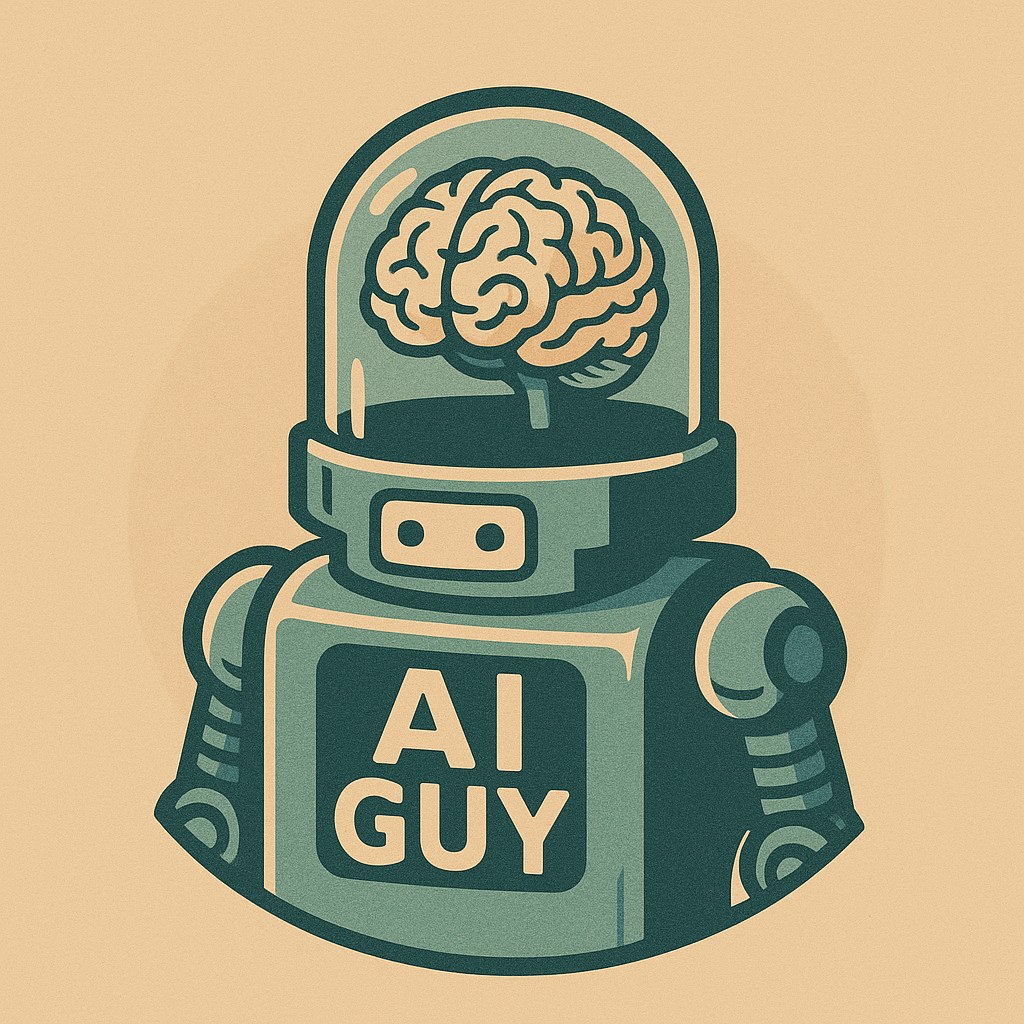Is The Future Going Back To The Past ?
Last week I stumbled across a fascinating BBC article — “Cyber attack contingency plans should be put on paper, firms told” (14th Oct).Yes, you read that right. The government is apparently urging CEOs across the country to print their cyber contingency plans. On actual paper. I guess it’s news because it could be seen as a backwards step, it certainly feels like it should be but with cyberattacks on the rise (many now fuelled by AI), perhaps the pendulum is starting to swing back towards the analogue world. When “Offline” Was the Safety Net Back in the day, we provided DRIPs — Disaster Recovery Implementation Plans — complete with printed “break glass” copies. They lived in fireproof safes or desk drawers, ready for the worst: fire, theft, ransomware, you name it. Inside those spiral bound documents were all the essentials:Who to call (with phone numbers), the communication chain, how to reconnect to backups, how far back data could be recovered — it was all there. Of course, paper plans had one flaw — they were outdated almost before the A4 hit the Laserjet People changed roles, systems evolved, licenses shifted. So we moved to digital DRIPs, which made sense… until you realise what happens if you can’t access them. When the Backup Becomes the Target Imagine your digital recovery plan gets crypto-locked, or worse — stolen.Now the attacker knows exactly how you plan to recover, who’s critical, and what systems you can’t live without. That’s not just a breach — it’s giving your opponent the map, the key, and the alarm code. And yet, many businesses are doing just that as they sprint towards cloud-only infrastructures.Sure, cloud backups are convenient — but are they safer than an old-school, air-gapped tape drives?I still remember clients who “forgot” to swap tapes everyday or left them on the office desk (a classic), but at least those tapes couldn’t be encrypted from 5,000 miles away. Maybe the Old Ways Still Work Physical keys can’t be hacked.Printed QR codes can’t be spoofed. NASA knew this decades ago — that’s why the Apollo missions had manual overrides and physical backups for navigation. I bet the astronauts were very glad of that when things got bumpy. And it’s not just business continuity. Think about your own data.All those thousands of photos stored on your phone — will you still be able to open them in 10 years’ time?Printing a few key memories in a photo book might feel old-fashioned, but it’s also future-proof. (For the record, I’ve got a shelf full of them — highly recommended!) The Case for a Little Analogue I’m not saying we ditch digital. It’s faster, smarter, and more connected than ever. But maybe — just maybe — we should keep a physical copy of the things that really matter. Whether it’s your company’s cyber recovery plan or a picture of Tiddles the cat sitting proudly on little Susie’s pram in 1987, don’t assume the tech will be there when you need it most. Now, if you’ll excuse me… I’m off to print our boarding passes for the half-term trip to Majorca. Simon


